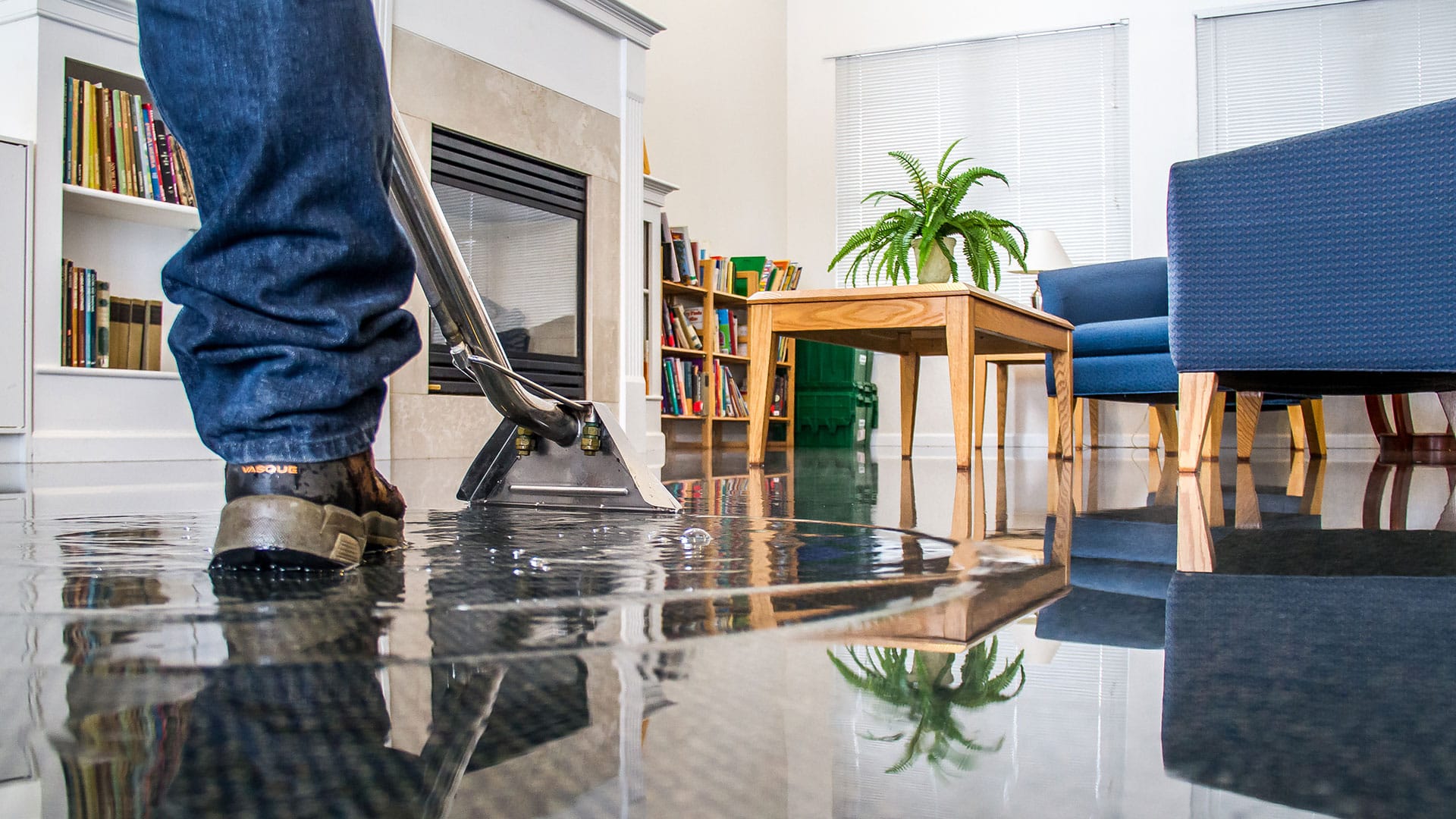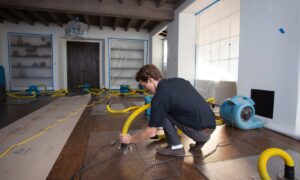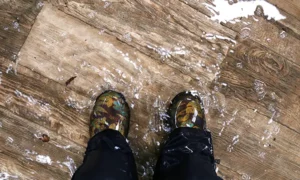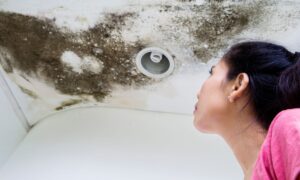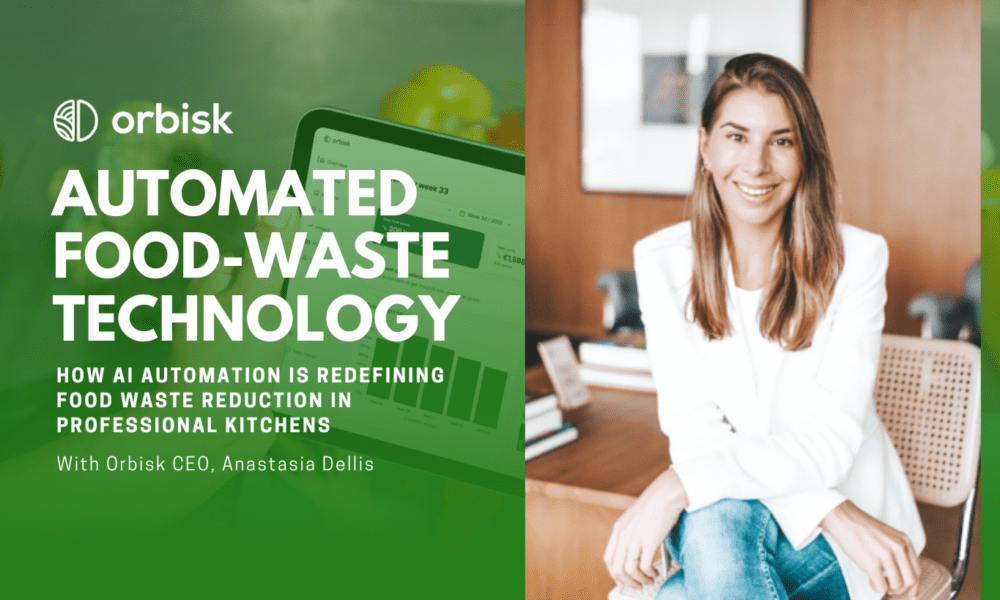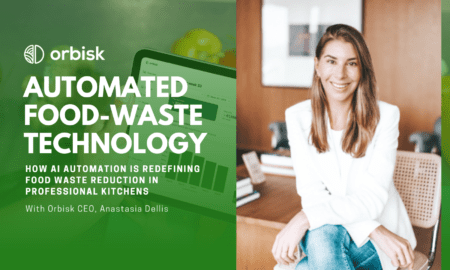Water damage can strike unexpectedly and disrupt every aspect of daily life. Excess water quickly spreads through floors, walls, and personal items, whether caused by a burst pipe, heavy rainfall, or appliance failure. What often begins as a structural concern becomes deeply personal when cherished belongings are at risk. Photographs, furniture, clothing, electronics, and heirlooms can be severely affected by moisture and microbial growth if not addressed quickly. Water damage restoration goes beyond drying out buildings—it’s about reclaiming the emotional and functional value of items that make a house a home. Knowing that many of these belongings can be saved offers comfort during an otherwise overwhelming experience.
Assessing item damage and prioritizing salvage
- Initial Inspection and Immediate Response
When water damage occurs, time is critical. Restoration teams start with a detailed inspection to determine which items are affected and how severely. Materials like wood, fabric, and paper absorb water quickly, while electronics and artwork require special care to prevent further deterioration. The goal is to stabilize the environment speedily and prevent secondary damage such as mold growth or warping. Belongings are assessed for contamination, with clean water damage offering the highest chance of recovery. Restoration companies like EMRG Restoration Solutions understand how emotionally significant personal items are and use tailored strategies to handle everything from soaked photographs to waterlogged furniture. Immediate measures, such as moving items to a dry space and removing standing water, create a foundation for a successful recovery. Acting quickly reduces the chance of permanent loss and gives each item a better shot at being restored.
- Cleaning, Drying, and Dehumidifying Personal Belongings
Once the initial inspection is complete, cleaning and drying begin. Items are sorted based on their material and condition. Textiles like clothing and curtains are washed and sanitized, often using ozone or thermal treatments to eliminate bacteria and odor. Wood furniture is wiped down, dried slowly to prevent cracking, and treated to stop mold. Books and documents may be frozen or dried using vacuum freeze-drying methods that help preserve their structure. Electronics are assessed for internal damage and may be disassembled to remove residual moisture. Industrial-grade dehumidifiers and air movers help dry out larger items in controlled environments. This process phase is meticulous and requires patience, as rushing drying can lead to shrinkage or cracking. Each item receives focused attention to ensure it’s dried, safe, and clean enough to be used again.
- Restoring Sentimental and Irreplaceable Items
While replacing a damaged couch or rug might be simple, irreplaceable items carry emotional value that makes restoration more meaningful. Family photo albums, heirloom furniture, children’s artwork, and wedding dresses are more than possessions—they are memories tied to identity and history. Restorers employ careful, methodical techniques to preserve as much of each item’s original character as possible. For example, paper documents can be freeze-dried, stabilized, and digitally archived. Framed photos can be carefully unmounted, cleaned, and reassembled. Upholstered antiques are taken apart, dried, and reupholstered to preserve design integrity. These efforts help families hold onto pieces of their past even when the environment around them has been shaken by disaster. Emotional recovery often hinges on these restored connections, making this phase of restoration especially rewarding and deeply impactful.
- Preventing Secondary Damage Through Environmental Control
Even after water is removed and items are dried, the risk of further damage remains. Mold spores can begin to develop within 24 to 48 hours in a damp environment, affecting both structure and contents. Restoration involves controlling humidity, temperature, and airflow to halt microbial growth and ensure long-term protection of salvaged items. Air scrubbers may remove contaminants from the air, and antimicrobial treatments are applied to surfaces to stop unseen threats. These measures are vital in ensuring that restored belongings aren’t compromised again after the initial work. Maintaining a clean, dry environment throughout the restoration process also supports the home’s structural integrity, offering a stable backdrop for reintroducing belongings. This integrated approach supports the recovery of items and the prevention of future problems, bringing peace of mind during a vulnerable time.
- Reintegration and Final Evaluation
As the final step in restoration, saved items are reintroduced into the home. This process can be emotional, as families reconnect with belongings they feared lost. Furniture is placed back into rooms, cleaned rugs are unrolled, and items like books and decor return to their shelves. Each object is inspected for signs of lingering damage or safety concerns before being approved for reuse. Some items may be repaired cosmetically to restore their appearance, while others may serve as a visual testament to resilience and recovery. The restoration team works with the homeowner to evaluate satisfaction and determine if any items require further treatment. This closing phase helps complete the emotional arc of recovery, offering a sense of closure and reassurance. The home begins to feel whole again—not just physically, but emotionally—through the return of personal belongings that matter most.
Preserving More Than Property
Water damage restoration is more than drying out a space—it’s about preserving the tangible elements of people’s lives that carry meaning, memory, and identity. From carefully saving a beloved piece of furniture to reviving photographs and documents that tell a family’s story, the work helps restore function and emotional balance. With thoughtful handling, advanced techniques, and a commitment to recovery, items once thought ruined can often be brought back to life. Restoration offers a second chance not just for things, but for the stories they hold. As families recover from unexpected damage, returning their cherished belongings becomes a source of comfort, stability, and renewed hope for the future.

